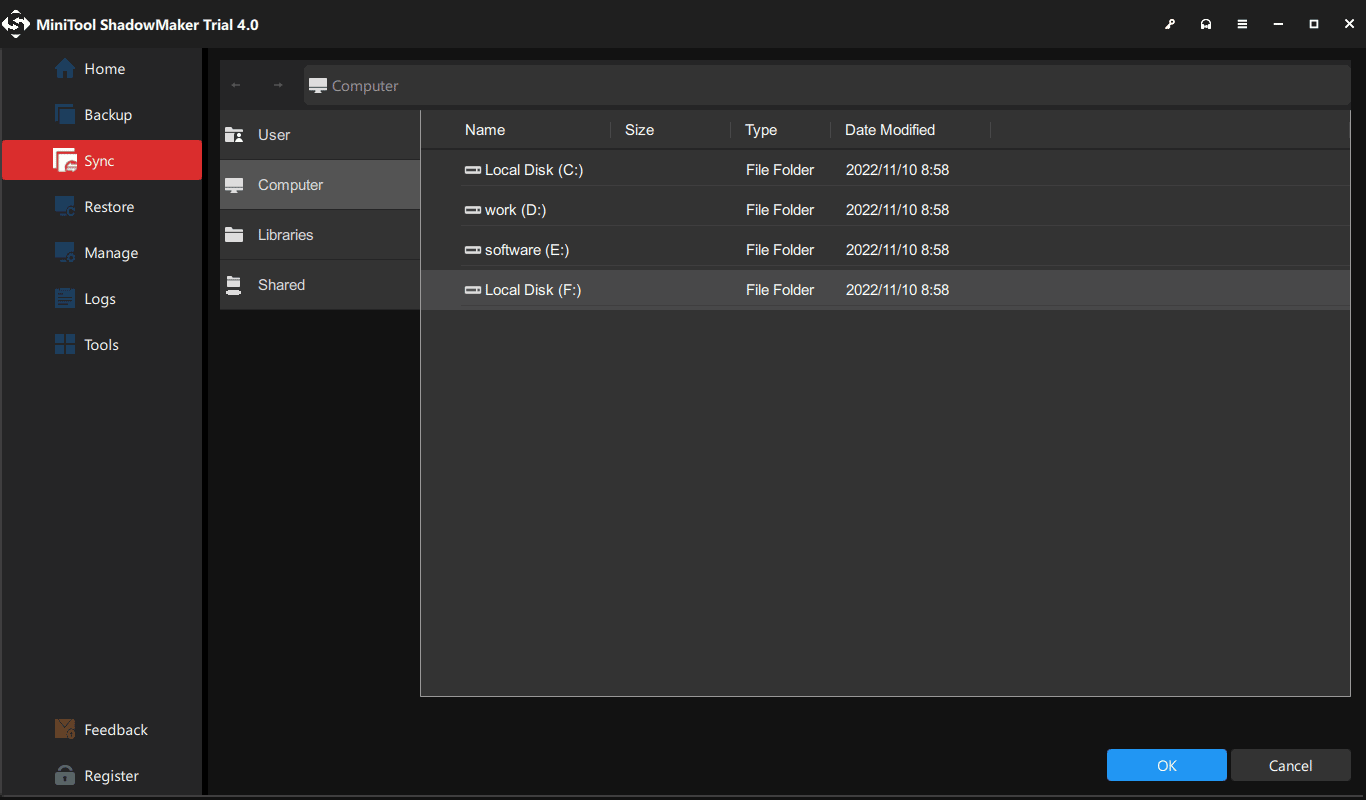

To remove this server directory just use the command popd, which will remove the last network drive you mapped.

On a side note, if you try to cd to a server folder in Windows you will see the error "CMD does not support UNC paths as current directories", in which case use the above command to stop this error. You can now treat the network folder as a local drive and cd around it. Essentially, it goes backwards through the alphabet to find a drive letter that it can use. When you run this command you will be moved to a new directory letter that your system designates. If you want to create a temporary local drive for a server directory then you can use the pushd command. To sync with a remote server can just use a server address and directory name as the destination directory: xcopy c:\mysourcedirectory \\myserver\mydestinationdirectory /D /I /E /F /Y /H /R To sync files from one directory to another you can use xcopy like this: xcopy c:\mysourcedirectory c:\mydestinationdirectory /D /I /E /F /Y /H /R
#Sync folders windows 10 cmd full#
The /F flag is also useful for testing (and probably peace of mind) as it displays full source and destination names while copying. /H - Copies hidden and system files also./Y - Supresses prompting to confirm you want to overwrite and existing destination file./E - Copies directories and subdirectories, including empty ones./I - If destination does not exist and copying more than one file assumes that destination must be a directory.If no date is given, copies only those files whose source time is newer than the destination time. /D - Copies files changed on or after the specified date.There are a few flags available (use xcopy /? to see them all) but you will probably only want to use the following: The default action of this program is to copy a file or directory from one place to another, but you can give it flags to tell it to sync the files. To sync files using the Windows command line you will need to use the xcopy command.


 0 kommentar(er)
0 kommentar(er)
